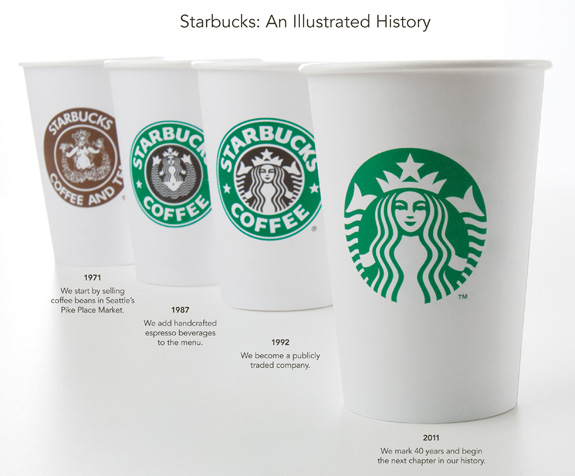When searching with Google, what we normally do is just type in the keyword and press the “Search” button, or hit the “enter”. But actually, there’s a “I’m feeling lucky” button to the right of the “Search”. When we press this button, it skips the page listing multiple search results and goes directly to the first ranked page. If we are feeling lucky enough that the first ranked page is what we want, or we are just searching for fun, this feature certainly adds fun and pleasure to our search. But the question is, how often do we actually click that button, and how much are internet users aware of this function.
According to an interview with Google’s cofounder Sergey Brin, about 1 percent of Google users go through the “I’m feeling lucky” button. And that function leads to an annual $110 million lost in revenue since users go straight to the search result and bypass all the adds on the side of the search result page. Therefore, is this button a nice strategy for Google to reach to customers and gain customer satisfaction at the end?
This feature adds fun to users’ searching experience and retains their existing customers by attracting them to come back and use their search function more often. The 1 percent usage of this button may seem low, and many people would think this feature is pretty obsolete. However, in the long run, Google will benefit from this unique feature. Other search engines, like Baidu and Bing, don’t have this kind of buttons that skip straight to the first ranked search result. Therefore, it differentiates Google from other competitors. Also, this feature don’t cost a lot to implement, thus in the long run, this will help Google build its brand equity and establish their leading role in search engines.
I’m feeling lucky, so how about you?
Try these tricks with “I’m feeling lucky”, discover the fun! =D






